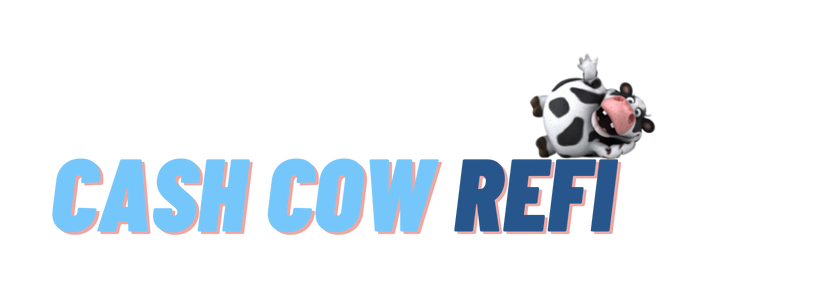You’ve learned what a cashout refinance is, weighed its pros and cons, and understood the qualification process. Now, it’s time to walk you through the process, step-by-step. This guide will provide tips and advice to make the process smoother and more efficient.
Finding a Lender
The first step in the cashout refinance process is to find a lender. While you can choose to work with your current lender, it’s also a good idea to shop around. Different lenders offer different interest rates and terms, so comparing multiple options can help you find the best deal.
When comparing lenders, consider not only the interest rates but also the closing costs and the lender’s reputation for customer service. Online reviews and ratings can be a good starting point for this research.
Preparing Your Application
Once you’ve chosen a lender, the next step is to prepare your application. You’ll need to gather several documents, such as:
- Proof of income: Pay stubs, tax returns, and W-2s or 1099s.
- Proof of assets: Bank statements, retirement accounts, and other assets.
- Credit information: The lender will pull your credit report, but it’s a good idea to review it beforehand to ensure it’s accurate.
- Property information: Information about your home, such as the current mortgage statement and homeowners insurance.
The Appraisal
After you’ve submitted your application, the lender will order an appraisal of your home. This is to determine the current market value of your property and how much equity you have. The appraisal will play a crucial role in determining how much you can borrow in your cashout refinance.
The Closing Process
Once the lender has approved your application and the appraisal is complete, you’ll move on to the closing process. This is where you’ll sign the final paperwork and close out your old loan.
The closing costs for a cashout refinance can be between 2% and 6% of the loan amount. These costs can include origination fees, appraisal fees, and other closing costs. Some lenders offer a “no-closing-cost” refinance, but this typically involves a higher interest rate or the costs being added to your loan balance.
After the closing, your old mortgage will be paid off, and you’ll receive the cash from your cashout refinance. This money can now be used to pay off your high-interest consumer debt.
Remember, a cashout refinance is a significant financial decision. It’s important to take the time to understand the process and weigh your options carefully. Consult with a financial advisor or mortgage professional to ensure that this is the right decision for your financial situation.
We hope this series of blog posts has helped you understand cashout refinancing as a tool for debt consolidation. With careful planning and consideration, this strategy can be a powerful tool in managing and reducing your consumer debt.

